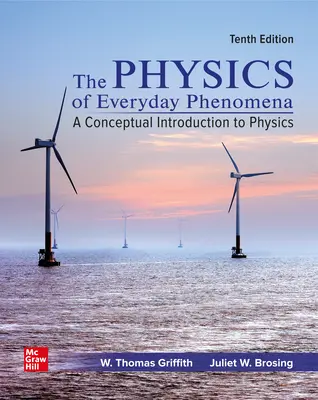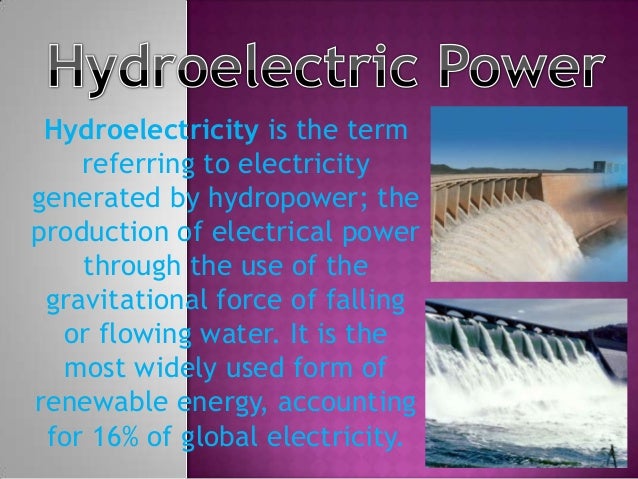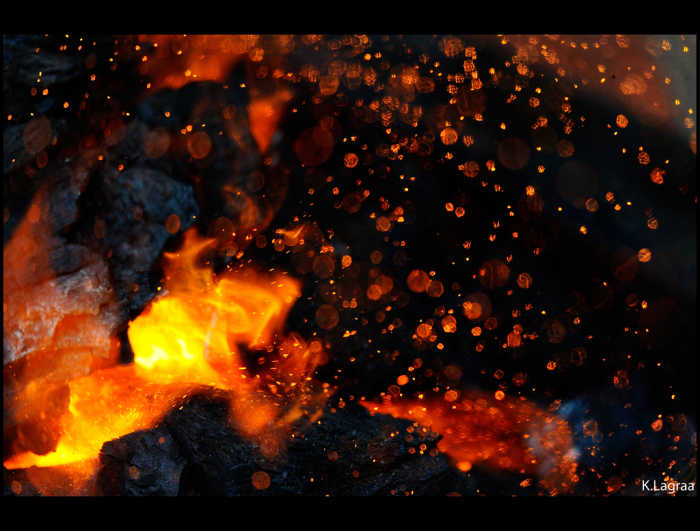
The Spring-Mass Oscillator Model will also play an important role in Chapter 3 for the particle model of matter. We introduce the Intro Spring-Mass Oscillator Model in this chapter as an application of the Energy-Interaction Model. The term term “mechanical” is typically used to imply everything other than thermal. We add all kinds of mechanical interactions to the thermal interactions we treated in Chapter 1.
2.1: Where Are We Headed? In this second chapter we continue to work with the Energy-Interaction Model. Pheno '08 Symposium on particle physics phenomenology, including slides from the talks linked from the symposium program.\). Collider Phenomenology: Basic knowledge and techniques, lectures by Tao Han. List of topics on phenomenology from IPPP, the Institute for Particle Physics Phenomenology at University of Durham, UK. PHYSICS PHENOMENA ARCHIVE
Papers on phenomenology are available on the hep-ph archive of the e-print archive. 43rd AIAA Aerospace Sciences Meeting and Exhibit. The Physics and Phenomenology of Paraelectric One Atmosphere Uniform Glow Discharge Plasma (OAUGDP) Actuators for Aerodynamic Flow Control. Reece Dai, Xin Rahel, Jozef Sherman, Daniel (). "Tokamak transport phenomenology and plasma dynamic response". "A phenomenological approach to ordering kinetics for partially conserved order parameters". In this case, the term " phenomenological" is being used more in its philosophy of science sense. Phenomenological analyses, in which one studies the experimental consequences of adding the most general set of beyond-the-Standard-Model effects in a given sector of the Standard Model, usually parameterized in terms of anomalous couplings and higher-dimensional operators. 
In Physics beyond the Standard Model, phenomenology addresses the experimental consequences of new models: how their new particles could be searched for, how the model parameters could be measured, and how the model could be distinguished from other, competing models.
 Using lattice QCD to extract quark masses and CKM matrix elements from experiment. Application of heavy quark effective field theory to extract CKM matrix elements. The CKM matrix is useful in these predictions: Extraction of parton distribution functions from data. Monte Carlo simulation studies of physics processes at colliders. Next-to-leading order calculations of particle production rates and distributions. Within the well-tested and generally accepted Standard Model, phenomenology is the calculating of detailed predictions for experiments, usually at high precision (e.g., including radiative corrections). It is sometimes used in other fields such as in condensed matter physics and plasma physics, when there are no existing theories for the observed experimental data.Īpplications in particle physics Standard Model consequences
Using lattice QCD to extract quark masses and CKM matrix elements from experiment. Application of heavy quark effective field theory to extract CKM matrix elements. The CKM matrix is useful in these predictions: Extraction of parton distribution functions from data. Monte Carlo simulation studies of physics processes at colliders. Next-to-leading order calculations of particle production rates and distributions. Within the well-tested and generally accepted Standard Model, phenomenology is the calculating of detailed predictions for experiments, usually at high precision (e.g., including radiative corrections). It is sometimes used in other fields such as in condensed matter physics and plasma physics, when there are no existing theories for the observed experimental data.Īpplications in particle physics Standard Model consequences 
Phenomenology is commonly applied to the field of particle physics, where it forms a bridge between the mathematical models of theoretical physics (such as quantum field theories and theories of the structure of space-time) and the results of the high-energy particle experiments. Phenomenology stands in contrast with experimentation in the scientific method, in which the goal of the experiment is to test a scientific hypothesis instead of making predictions. It is related to the philosophical notion of the same name in that these predictions describe anticipated behaviors for the phenomena in reality. In physics, phenomenology is the application of theoretical physics to experimental data by making quantitative predictions based upon known theories. JSTOR ( August 2018) ( Learn how and when to remove this template message).Unsourced material may be challenged and removed.įind sources: "Phenomenology" physics – news

Please help improve this article by adding citations to reliable sources. This article needs additional citations for verification.








 0 kommentar(er)
0 kommentar(er)
